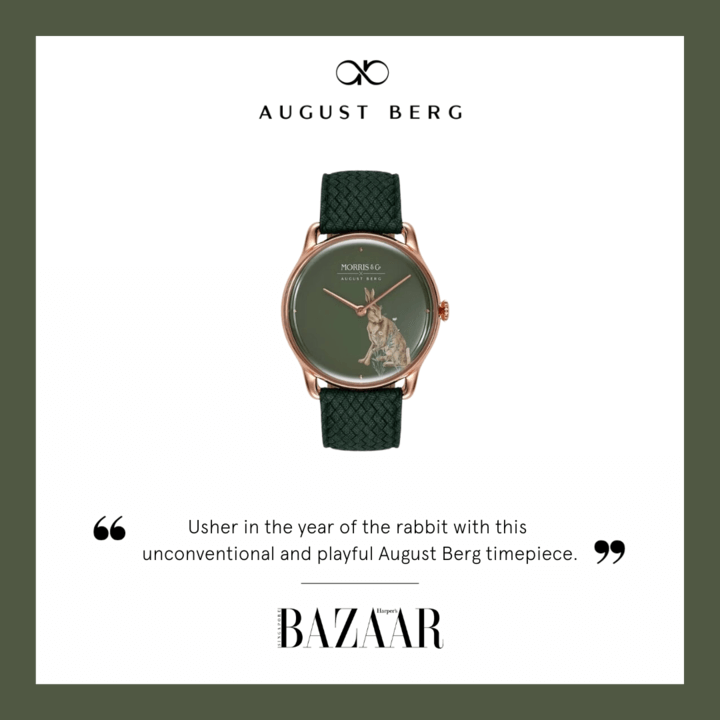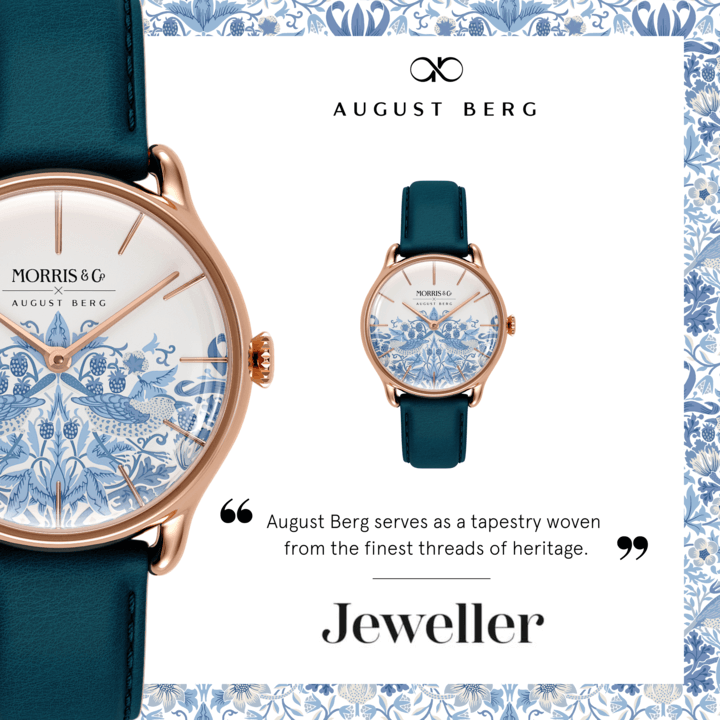The to-do list was created by us humans in attempts to grasp the incomprehensible. Lists are often seen as relics of primitive cultures— tools that don’t belong in this urban age. However, the simple form of the list prevails again and again over time, because of its irresistible magic. When we find ourselves struggling to express something, we use lists. When we cannot comprehend something, we use lists.
Lists help us to make sense of the world around us by forming definitions and parameters, be it in terms of time, or a specific task to be done. As such, many people including to-do list haters and 63% of professionals keep a list of sorts, according to a LinkedIn survey back in 2012. That said, many of these to-do lists fail and we find ourselves back at square one, struggling to find our way around the day.
The benefits of a to-do list is absolute and so in hopes that we can take advantage of such a simple yet effective tool, here are four reasons why our to-do lists fail and how we can mitigate these not to-dos.
❌ Not to-do: Clogging up to-do lists
First of all, most of us put in way too much on our to-do lists. Social psychologist and author of “Willpower: Rediscovering the Greatest Human Strength” Roy Baumeister said that someone in an executive position typically has at least 150 different tasks on a single Monday, all of which would end up taking more than a week to complete. Putting in all of those tasks in a single day’s list would become the perfect set-up for failure.
Clogging up our lists puts a heap of unnecessary stress on us, and this constant disquiet has negative effects in tackling the very tasks that are so worrying. Moreover, having too many things to do results in conflicting goals, causing our productivity as well as our physical and mental health to suffer.
✔️ To-do: Three to five major tasks a day
Instead of dumping a huge load of tasks, it is wiser to arrange tasks in the order of descending priority, then making three to five of the most important tasks the goal for the day. This has been said before in our time-management article but again, the 80-20 rule is important in ensuring we are not overloaded as most of 80% of our good results (in this case, a successful to-do list) comes from 20% of our actions (finishing a smaller amount of tasks well) rather than completing most tasks, poorly.
❌ Not to-do: Wrong purpose
The true purpose of a to-do list is not as simple as it seems. The to-do list is an external memory aid, or a reminder outside of your head, which nudges you about all the stuff you mean to do. Right, you knew that. How about this then? According to the research in Baumeister’s Willpower, the to-do list's nudges are not for you to actually get tasks done!
That intrusive pestering from our to-do lists about our uncompleted tasks and goals that so stresses our minds is known as the Zeigarnik effect. While the logical response to the Zeigarnik effect would be to finish the tasks and meet the goals, the study by Baumeister and E.J. Masicampo showed that the Zeigarnik effect, in essence, was the unconscious "asking the conscious mind to make a plan", as opposed to asking the conscious mind to complete tasks at hand.
What this means is that to-do lists are not as effective when you view them as a contract of commitments. Many of us are not any good at formulating the tasks as we fail to think through steps and plans, so when we are faced with too many tasks and too few suggestions on how to proceed, we end up just not completing them at all.
✔️ To-do: The right type of purpose
Remember that the to-do list you string around your finger is for you to make better plans using the list. To do this, first set a goal in mind, be it an upcoming examination or deadline. This will become one of the three to five main goals for the day. Then, in bullet points, extract three sub-points that would act as checkpoints for completing the task. This helps to connect the dots in our heads and allow us a pitstop whenever we feel lost in the task.
❌ Not to-do: Giving ourselves too much time
When goals are broken out into actionable steps, it takes less effort, energy, and time to cross those smaller tasks off the list. This also means that if we were to allocate the same amount of time for each of these smaller tasks, we end up giving ourselves a whole day for menial tasks.
Unfortunately, most of us are not blessed with great innate planning skills. Coupled with the tendency to be lenient on ourselves about deadlines and our chances of failing to finish a task rises substantially. As many fellow procrastinators know, the more time you give yourself to finish something, the less likely it is for you to finish the task in that timeframe. For example, behavioural economist Dan Ariely found that students who had longer to finish three papers performed worse than those who had tighter externally-imposed or self-imposed deadlines.
✔️ To-do: Setting a proper time limit
One way to get better at completing our tasks is to set a progressive time limit. First off, a time limit gives us a sense of challenge as we have a premise and visible end ahead of us. To increase its potency, it is advisable to have a stopwatch at hand, which would give us a greater sense of urgency.
The progressive time limit is special in that it slowly makes us more efficient in our time management. For example, we might spend two hours on our very first report. However, after doing it a few more times, it will come to us as a routine, which also means that we are better and more efficient at it. To reflect that, we might need less than two hours to complete the job and thus, we should set a shorter time limit, leaving us more time to do other things or simply more buffer time in between tasks.
❌ Not to-do: Insufficient buffers for the unknown
Our life is ultimately VUCA (volatile, uncertain, complex and ambiguous). No matter how well we plan, we cannot prophesy the many interruptions that will hinder us from completing our tasks for the day. In fact, the LinkedIn survey reported that the most common reason for failure to get through a to-do list was unplanned tasks, such as unscheduled calls, e-mails, and meetings. Little things like the fall through of a deal or a coworker that never stops talking, or even a sudden screw up you have to fix... We use all of these excuses for not completing the to-do list that day and let ourselves get away with it all the time.
✔️ To-do: Buffer time
The simple mitigation to this problem? Creating sufficient buffer times. Yes, it is true that we cannot predict all that will come to us, but we can always be prepared for hiccups. For example, if the task requires movement from destination to destination, it would be wise to put an extra 15 minute buffer time if there is a transportation mishap or another ridiculous traffic jam. If you are up for the challenge, you can even add a passive task in that buffer time, such as reading the news during that same 15 minutes of destination-to-destination buffer time. This means that if all goes well, you have 15 minutes to catch up on the daily news and if you do not, it is not a huge impact on your daily productivity.
We hope that this article gave you a deeper understanding of important fail-points when creating our to-do lists so that you may avoid them and create awesome lists in time to come. Do tell us what you thought of this article and if any other pointers helped you in creating an effective list!
































